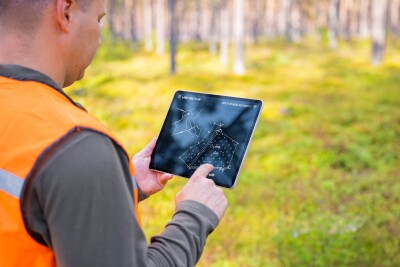The Open Geospatial Consortium (better known as OGC) has recently published a call for participation (CFP) for the Indoor Mapping and Navigation Pilot Initiative (IMNPI?). The pilot is sponsored by the Public Safety Communications Research Division of the National Institute of Standards and Technology (NIST).
As complex as the pilot may sound, the gist is simple. The OGC is asking for proposals of advanced solutions that will help first responders overcome the complex geospatial challenges that their work entails. NIST’s Jeb Benson explained to SPAR that the pilot specifically wants proposals that will help first responders take full advantage of lidar data by “automating the process of generating indoor 3D maps and navigation networks as part of pre-incident planning.”
Currently first responders do pre-planning work for high-risk facilities in their jurisdiction about once a year. The output of this process is resolutely old-fashioned and hugely time consuming: first responders either draw maps by hand, or annotate floor plans, when they’re available. OGC says that preplanning is currently “inefficient and inherently complex, considering the information and level of detail that should or could be captured, the lack of automation, and difficulty identifying notable changes to facilities and infrastructure during successive preplanning surveys.”
As a regular reader of SPAR3D, you know that lidar data is the solution. But even if we outfit the first responders with a handheld scanner or a cart, the point cloud data isn’t enough. As Benson explains, these first responders need to convert those point clouds to turn-by-turn directions, and “the workflow to go from point clouds to semantic 3D models to navigation networks simply does not exist—at least in an easily automated manner leveraging an open standardized approach.”
Even though the automated processing of point clouds into turn-by-turn directions is the goal of this initiative, Benson says that the OGC and NIST aren’t planning to stop there. “We envision,” he says, “the potential for future initiatives that leverage this reference dataset in combination with dynamic information being collected from real-time localization systems, which may include LiDAR and other sensors, and other sources, e.g. IoT sensors, to deliver real-time navigation services for first responders during actual incidents.”
To find the CFP, click here. Participation is open to OGC members only, “however, proposals from non-members will be considered provided that a completed application for OGC membership (or a letter of intent to become a member) is submitted prior to (or with) the proposal.”






